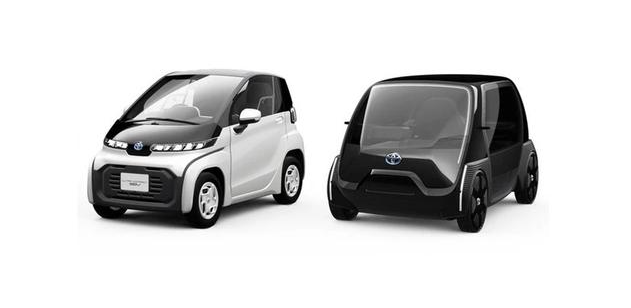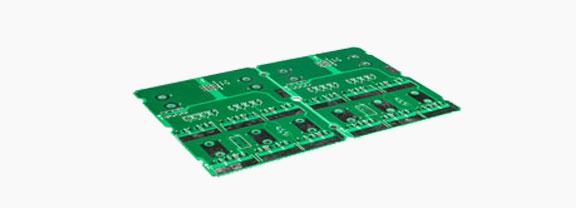The PCB circuit board industry will welcome the new changes
2021-11-02
In recent years, with the development of big data and the extension and penetration of the technology field, many industries that seem to be unrelated have become more and more close. In the era of big data, the PCB industry is also extending to more fields and industries.
The PCB circuit board industry will welcome the new changes
In recent years, with the development of big data and the extension and penetration of the technology field, many industries that seem to be unrelated have become more and more close. In the era of big data, the PCB industry is also extending to more fields and industries. In order to enhance the awareness of the industry, the forum on "The Impact of the development of Automotive Electronics and Cognitive Intelligent Computing on PCB" was organized by HKPCA and co-organized by PCB Information Network at Florence Hall of Venice Hotel, Shenzhen. The conference invited Bosch Project Manager Tan Shaolim and the current Director of IBM Global PCB Committee Lu Binyi to give keynote speeches. Attracted nearly 90 PCB industry elites to participate.
One the future trend of automotive electronics and the demand for the PCB industry
First of all, Mr. Tan Shaolian gave a lecture on the requirements and trends of automotive electronics on circuit boards. With his rich industry experience and keen observation, he pointed out that automotive electronics has been developing in the three areas of power, safety and comfort to seek more technologies that meet the characteristics of The Times. But with energy shortages, climate change and all sorts of factors related to automotive electronics uncertain fluctuations. Environmental protection and globalization have become the two major trends in the development of automotive electronics. Under these two major trends, it involves issues such as energy conservation and emission reduction, energy recovery, functional integration of related automotive products and cost control. Based on how to better adapt to the development of these two trends, Tan Shaolian believes that the PCB industry should have the following requirements.
First, for current requirements, automotive electronic circuit boards can reach 1.5A/ cubic meter on the basis of existing technology, but with the application of thick copper technology in circuit boards and the possibility of embedding chips into circuit boards and selective electroplating in the future, there are also higher requirements for the maximum rating of current.
Second, for the requirements of voltage, the development of automotive electronic functions, to a certain extent, there needs to be a higher rated voltage to match the development of the overall demand. The circuit board should consider the problem of how to dissipate heat under such a large voltage. Therefore, the development of automotive electronic circuit boards in the future may start more from the materials of circuit boards and actively respond to the development needs of innovation.
Third, under the technical requirements of active and passive component integration and multi-chip solutions, automotive electronic components also have increasingly smaller requirements. This requires the circuit board industry to continuously improve the technology of smaller and smaller components limited to the circuit board in order to meet the development needs of automotive electronics.
In addition, regarding the requirements for PCB suppliers, Tan believes that suppliers should understand the impact of the failure mechanism of interaction in the supply chain, while designing to improve the load capacity of functional parts, and continue to make efforts to adjust the PCB supply chain to zero errors.

Two, cognitive intelligent computing under the development of manufacturing mode change and the demand for PCB
Artificial intelligence has been in development for 60 years, and with the advent of Industry 4.0 and big data, a new generation of intelligent revolution is on the horizon. The manufacturing industry is also shifting from the Industry 3.0 era to the Industry 4.0 era. In this regard, Mr. Lu Binyi, the guest speaker, gave a speech on "Opportunities and Challenges of cognitive intelligent computing for circuit boards". Lu Binyi said that due to the transformation of the manufacturing model, IT requires supercomputers and IT equipment to be smarter and faster to serve humans, and to have more data and intelligent analysis functions, which to some extent, the PCB from the technology and quantity demand is greater. Therefore, for the PCB industry, whether it is from the front end (smartphones, tablets, etc.), or the middle end (routers, base stations, etc.), and even the back end (supercomputers) should keep up with the pace of Industry 4.0 and accelerate the research and development and innovation of related technologies. According to IBM's report on PCB shipments in various countries, it can be seen that at present, China's PCB is the world leader in the low-end shipments, while the shipments of PCB high-end products are concentrated in Japan, South Korea and other countries. This means that there is another way for China's PCB to transform from low-end to high-end products. This way out is specific to the expansion of production capacity of hard and soft versions and IC carrier boards, increasing personnel training, opening up a freer trade information platform and specific facts such as PCB social mutual assistance and interconnection platforms, which may allow China's circuit boards to embark on a new height of influence.

